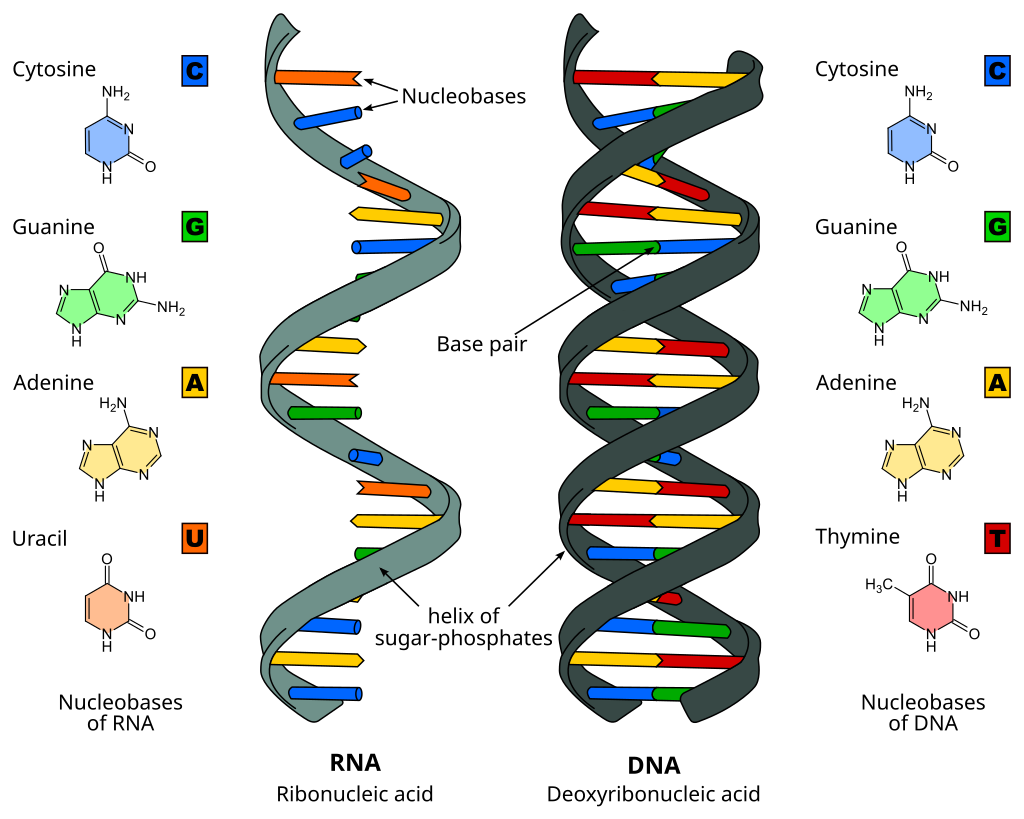Researchers at the Department of Energy’s SLAC National Accelerator Laboratory have just unlocked some seriously cool secrets about RNA polymerase II (Pol II)—the protein that’s basically a master translator, turning DNA into RNA. This discovery could be a game-changer for drug development, so let’s dive into what makes this breakthrough so epic! 🌟
🧬 The Science Behind the Magic
Pol II isn’t just any protein—it’s found in everything from viruses to humans, and it’s key to gene expression, which is how our cells make proteins. But understanding how Pol II adds nucleotides (the building blocks of RNA) has been like trying to solve a puzzle with missing pieces. Previous studies only gave us blurry glimpses, but the SLAC team brought everything into focus. 👀🔍
💥 Overcoming the Obstacles
One of the biggest challenges? The metals, especially magnesium, involved in Pol II’s active site. They’re essential for the process but are super hard to observe because they don’t stick around for long.
“The chemistry of the polymerase involves metals that are transient in the active site, making them hard to see,” explains Guillermo Calero, a professor at the University of Pittsburgh. But the team cracked the code using a novel crystallization technique with a special salt that helps proteins interact. This allowed them to catch Pol II in a brand-new state, showing off its “trigger loop”—a mobile part that’s crucial for lining up those nucleotides. 🔄✨

🔍 A Clearer Picture with X-ray Laser
Here’s where it gets even cooler. The team used SLAC’s Linac Coherent Light Source (LCLS) X-ray laser to snap pics of Pol II before radiation damage messed with the sample. This laser tech was crucial—it allowed them to finally spot the three magnesium ions in the active site, something that had never been done before!
“For the first time, we were able to see the three magnesium ions in the active site,” says SLAC scientist Aina Cohen. “This was only possible because of the free-electron laser data, which enabled us to see the extremely radiation-sensitive third metal ion.” 🧲⚡
🧪 The Mutant Factor
The researchers didn’t stop there—they also studied a mutated version of Pol II. This mutant protein works faster but makes more mistakes. By using LCLS, they could see how this mutation changes Pol II’s structure and what that means for its function. This could help us understand how to fine-tune Pol II’s activity, making it a key piece in the puzzle of gene expression. 🧩💡

💊 What This Means for the Future
Why should you care? Because understanding how Pol II works isn’t just a science win—it’s a win for humanity. By nailing down the details of human Pol II, scientists can start developing drugs that target viral and bacterial polymerases without messing with human cells. This could lead to new antiviral medications with fewer side effects. 🎯💊
“These structures not only advance our understanding of how human RNA polymerase functions, but they also provide a foundation to design more selective antiviral medications with less adverse side effects,” Cohen adds.
🚀 The Takeaway
This breakthrough at SLAC is a huge leap forward in our understanding of RNA polymerase II. Not only does it open doors for better drug design, but it also deepens our grasp of how life at the molecular level really works. So next time you hear about RNA or gene expression, remember the unsung heroes—those tiny proteins that keep the wheels of life turning. 🌱🔬
> Stay tuned for more mind-blowing science! 🌟
